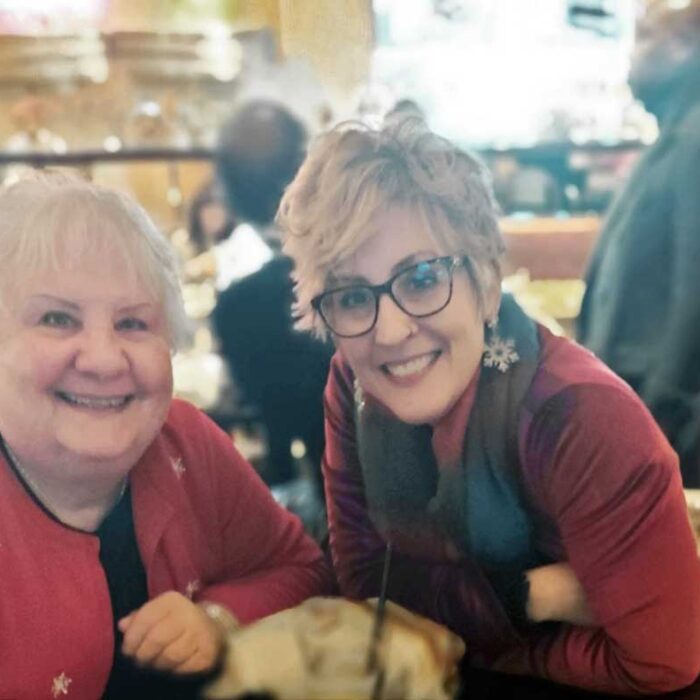Nursing by the Numbers
Nurses make up the most significant component of medical professionals around the world. The American Association of Colleges of Nursing states that 27 million people globally are registered Nurses. Of that number, 4.2 million care for patients in the United States. The federal government projected that between 2021 and 2031, more than 203,000 new positions for registered nurses would be created annually. Included in that growth are nurses specializing in chronic conditions (such as diabetes and obesity), preventative care and long-term care for our aging baby boomers.
Nurses are in high demand in every setting. However, acute care, private practice, public health agencies, med-surg centers, home health and hospice care are experiencing severe shortages. Although insurance, managed care, healthcare research and nursing education are also strained, they are experiencing an influx of former frontline caregivers seeking non-patient-facing positions like never before.
Although healthcare is a collaborative effort, nurses operate differently than their coworkers. From direct patient care and case management roles to developing procedural guidelines and creating nursing care systems, RN specialties are not one-dimensional. Long before the 2020 pandemic, help-wanted gaps existed across the board. COVID only increased the deficit.
The Concerns
Aging Population
Baby boomers have an increased need for medical services. That translates into hiring more medical personnel to serve them. America has the highest number of citizens aged 65 and older than ever before. The statistics from the National Library of Medicine show that in 2011, there were 41 million people aged 65 and over. In 2019, the figure climbed to 71 million. Considering the projections for 2029, we may see that figure climb up to 73% higher due to medical interventions, better preventative care and treatments for once incurable diseases, now seeing high survival rates.
Geography
Not all cities across the US are struggling with staffing. It can be confusing to hear that there is a slump in numbers when some hospitals and higher-education institutions’ staff numbers are thriving. Some areas see a surplus, while others struggle to meet the medical needs in their communities. Certain areas of nursing have been hit harder than others: critical care, labor and delivery, long-term care and specialty medicines, like oncology or pulmonary departments.
Retiring Workforce
Like their patients, nurses are growing older too. Close to 1 million registered nurses are aged 50 and older. That means in the next 10-15 years, close to one-third of them will consider retirement. It’s not only nurses on the frontlines hanging up their scrubs. Nursing education is losing faculty. This means that mentoring the next generation of nurses may happen with fewer resources and enrollment caps at schools nationwide. With demand for new nurses at critical levels, it’s a complicated scenario.
Workplace Violence
The threat of emotional and physical violence in an already stressful occupation would make anyone consider quitting. Nursing is not immune from this issue. According to statistics, two nurses are attacked every hour in the US. Unfortunately, these incidents are not new or isolated. The COVID pandemic highlighted this problem that plagues our female-dominated line of work. Emotions run high, especially in emergency rooms, psychiatric floors and with the parents of pediatric patients. Frustration boils over, and nurses can experience the brunt of traumatic incidents.
The Solutions
Well-Educated New Nurses
Being a rookie in any occupation has learning curves. When it comes to new nurses, they need to be ready to roll on day one. Nurses fresh from graduation with resumes demonstrating various clinical rotations catch the eye of potential employers. Degrees from schools with well-known, hands-on learning curriculums, like ours at St. Elizabeth School of Nursing, give new RNs confident career footing out of the gate. Our partnerships with some of the best hospitals in the country for clinical rotations mean our students are on the radars of hiring managers before they are handed their diplomas.
Clinical Certifications
One of the approaches some stakeholders are working through is recruitment and training. That includes reaching high school students who want to enter the career track sooner than later. Clinical nursing assistant certifications allow them to learn job skills, earn college credit and obtain opportunities to further their education in nursing.
More Men
The Bureau of Labor Statistics shows that in the last five years, 86% of all registered nurses are female. Women also hold 13 million jobs in healthcare, compared to just 3 million men. However, there is an uptick in the number of men entering the nursing field, and more need to be recruited. Not only will it help address the shortage, but the diversity men provide would also help reach more patients across genders, ethnicities and backgrounds.
Telehealth
Virtual visits are now the norm. Patients can see a healthcare provider online for everything from prescription refills and physical therapy to regular checkups and mental health sessions. Telehealth certification can keep top talent from leaving the profession too soon. Integrating this area of nursing into programs can make private practices run more efficiently, empower nurses, lighten the load on physicians and provide patients with more avenues to seek and receive care. This technology can help burned-out providers remain rather than retire.
Travel Nursing
According to the American Hospital Association, 40% of hospital budgets were spent on travel nurse expenditures in January 2022. Two years prior, that figure was 5%. More nurses are on the road now more than ever. They are seeing the world, receiving a massive bump in pay and providing care in destinations desperate to help their communities. On average, contracts can range from 4-13 weeks and between 48-60 hours per week. Although time away from home is complex and finding housing can prove challenging, many RNs earn enough income to take months off at a time. Not a bad tradeoff for those interested in a nomadic lifestyle.
Protecting Staff
Sadly, violence can be an unavoidable part of a nurse’s job. That’s why administrators must do all they can to reduce risk. That includes better reporting systems for violent incidents, evidence-based strategies, de-escalation training, planned responses, promoting a safety culture and providing support immediately following incidents. Better staffing numbers help violent incidents decline. Open communication lines and less disconnect between administration and staff can help offset low-staff ratios: the epicenter of this and other workplace issues.
It’s apparent that the nursing shortage is a growing problem that will have detrimental effects if a course correction is not implemented. Here at St. Elizabeth School of Nursing, we strive to create the best learning environment for our students and our educators. We believe in investing in the future of everyone who steps through our doors in the hopes that they would continue to serve others through the rewarding career of nursing for many years to come. If you would like to hear how you can help, please contact our Director of Development at Jennifer.eberly@franciscanalliance.org.
As seen in the The Lamp fall 2023 issue
















